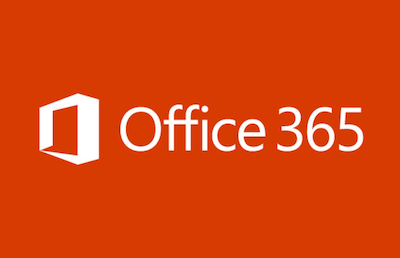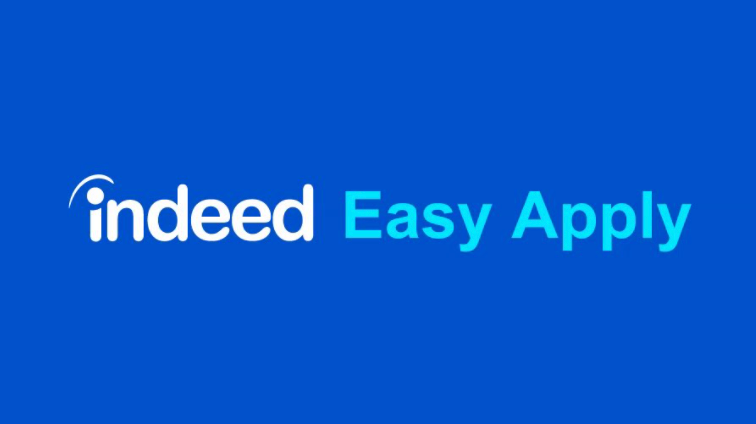Unless you’re a major recruitment nerd, you may not like to spend your free time reading extensive studies on the latest trends and tools when it comes to recruitment. But that doesn’t mean you should stay behind in your industry. Read on for a dose of recruitment research to keep you in the know.
Multi-Level Integration of Recruitment and Job Search
Read more if: You want to get the most out of your hiring process.
The quick and dirty: Companies that consider both multi-level and individual level organisational factors significantly strengthen the efficiency of their hiring processes.
Researchers from Appalachian State University in North Carolina revealed a model for employment searches and recruitment. The model recognises the essential connection between micro and macro factors within organisations. Organisational level variables include recruitment activities, company characteristics, applicant pools, and current labour. Individual-level variables include job awareness, job search activities, job seeker characteristics, company perceptions, employment gaps, company attractiveness, candidate intentions, subjective norms, candidate behaviour, and employment outcomes. These multi-level interactions within the model enhance recruitment outcomes and future research.
Negative Recruitment Experiences and Women’s Competition for Executive Roles
Read more if: You want to understand and strengthen diverse hiring practices.
The quick and dirty: Women are less likely to seek employment from a company that rejected them in the past due to various obstacles, which contributes to the gap of women in high-level management and overall accelerates the harmful effects of gender inequality at work.
This study investigates recruitment through gender in managerial roles. Researchers explore the stark difference between how men and women react to rejection, thus affecting the low rate of female managers in high-level roles. Women are much less likely to attempt to seek employment within an organisation that had previously rejected them. The authors theorise that stereotypes, doubt, and mischaracterisations of both employer and employee contribute to this phenomenon. Women tend to view themselves separately from executive spaces more than men, which overall shapes their behaviour throughout their careers and, more specifically, their application choices. The researchers use three methodologies to test their theory: preceding data, surveys, and an experiment with those surveys. Further providing a broad scale point, the study displays not only the harmful nature of the lack of women in specific leadership roles but also argues that this phenomenon accelerates gender inequality in the workplace over time.
Organisational Personality and its Role in Recruitment
Read more if: You want to learn more about being an attractive organisation to work for.
The quick and dirty: If you want to strengthen your company as a place where someone wants to work, you must build a cohesive company identity that includes symbols to create a welcoming and competent atmosphere.
Scholars at four universities in the United States study how companies enhance their attractiveness to potential candidates. The research cites the theory of symbolic attraction to contextualise the topic and argue that organisation objectives, values, affiliations, and symbols help to shape a company’s social identity. To dive deep into the theory of symbolic attraction within the context of recruitment, researchers created an “organisational taxonomy.” They generated a framework to measure a company’s personality, then began experimentation. Findings prove that social identity is essential to potential employees and that the use of symbols and images can enhance such identity, thus positively impacting recruitment.
Evaluating Risk in Recruitment
Read more if: You are concerned with recruitment risk.
The quick and dirty: To lower the risk of hiring the wrong person and thus severely affecting organisational growth, use intention in preparations and review feedback into a systemised process, regardless of how urgent a position must be filled.
This study out of the Social Academy of Sciences in Poland reviews the risks associated with recruitment and proposes solutions to reduce such risks. Although eliminating risk entirely is impossible, this research indicates there are concrete ways to prevent the most apparent risks during the hiring process. The external labour market assumes more risk than an internal candidate pool. The paper presents a framework to lower risk by analysing unexpectedly low performing employees post-hire. Rushed hiring could lead to significant losses in productivity, finances, and effort in ways that affect the company as a whole through culture and team interactions. The paper further breaks down the added disadvantages, which are often overlooked when dealing with an unfavourable hire, including their finding that time loss is at approximately 40%. Intentional preparation for all recruitment matters and feedback analysis should become embedded in a human resource department’s foundation in an effort to increase competitiveness and success.
Staying in the know with regards to recruitment research will support your company’s growth, value, and competitiveness. Try and implement some of the above ideas into your recruitment activities and see how they work for you!









